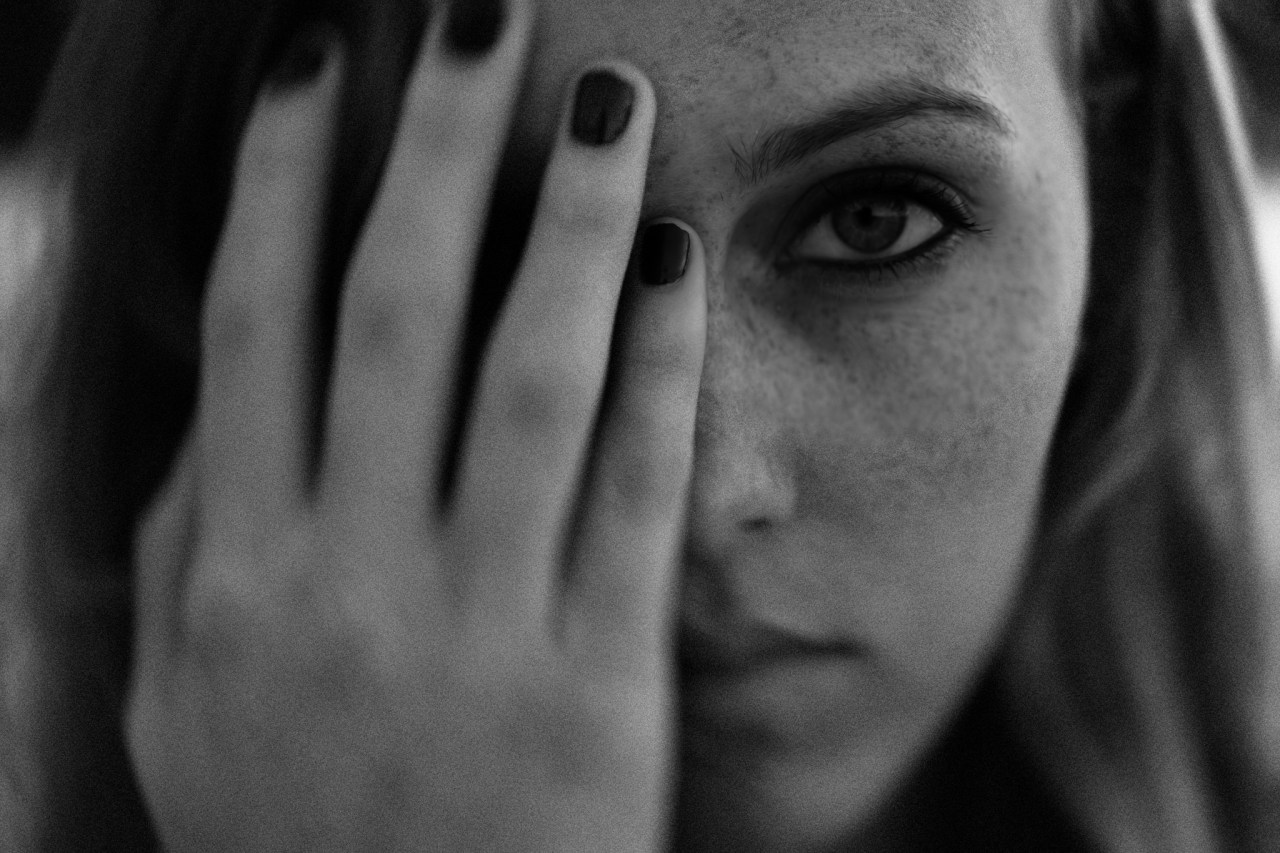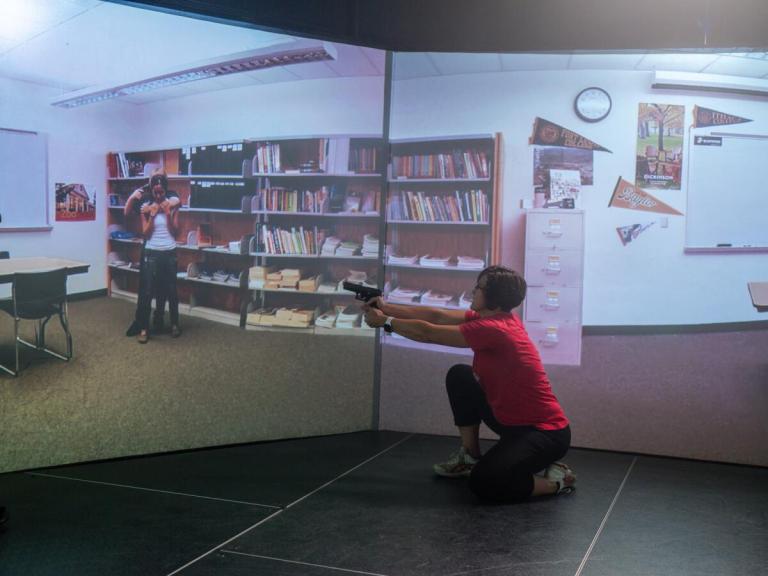
This Is The Psychological Reason Why Some People Worry Constantly, Even If Nothing’s Really Wrong
You'll realize that very often, your worries weren't only unfounded — they were completely made up.
Many well-meaning people instruct you from a young age to trust your gut, follow your heart and honor your feelings no matter what.
What they don’t teach you, however, is that sometimes your mind just makes stuff up.
And if you take it all seriously, you’ll self-destruct.
Let’s play a game: Imagine all of the big things you used to worry about.
All the things that kept you up at night, locked your chest up in knots, seized you with fear in the middle of any given day.
When you really think back, you’ll realize there was a lot of them. You probably worried about whether or not you’d ever get kissed, whether or not you’d graduate school, whether or not you’d go to college, find a job, be able to pay the bills, have friends, not be an outcast, ever get out of a certain situation.
Or maybe your fears were more complex. Maybe they were more irrational.
Whatever they were, think of how many of them were real.
Real as in, a feeling that was rising in your gut to warn you about it.
That was probably almost never the case.
In fact, when you think back on your life, what you will realize is that there were big confusing pockets of it where you were all but consumed by scary feelings that ultimately meant nothing.
You’ll realize that very often, your worries weren’t only unfounded — they were completely made up.
This is not uncommon. There is nothing wrong with you. In fact, it can even mean that there’s ultimately something very right with you.
Worrying is a side-effect of the highly creative mind. In fact, rumination and creativity are both controlled by the amygdala.
Being worried and being creative require your brain to do the same thing: craft an idea or an experience out of something that isn’t there. If you aren’t careful, as much as you believe in your dreams and ideas, you can start to trust in your fears and nightmares.
This isn’t to invalidate your feelings. Your feelings are valid, as in, they are definitely something you are experiencing. But they are not always real, as in, something that is objectively true in reality.
Almost nobody talks about this.
Almost nobody warns you about this.
Everyone is so concerned with trying to tell you that “everything you can imagine is real,” and instructing you to liken yourself to an oracle and believe that every piece of information your neurons string together into a coherent thought is reflective not just of reality, but of the future.
So much worrying involves fortune-telling, and that’s how you know it’s not real.
You cannot predict that which you are not in control of.
You cannot know that which you cannot make a decision about.
But this is, ultimately, why so many people worry all the time, even when their lives are good and they “should” be happy and they have everything they ever could have wanted.
Sometimes, worrying is not actually a sign that everything’s about to fall apart, rather, a sign that you’ve strengthened your mental capacity to be creative. It’s a sign that you’re stepping out of your comfort zone and trying new things and becoming who you need to be.
You will often notice that your “fear thoughts,” the ideas informed by irrational worry, often follow creative thoughts. You’ll be thinking about your future, making assumptions and hopes about it, and that’s when the fear will hit. It’s because you’re making all of it up.
Fear thoughts don’t tend to be a huge problem for people who are very present and grounded, because they aren’t using their brains to project, imagine, assume, or dream.
What you don’t understand is that your brain is like a search engine. That which you have entered repeatedly is what’s going to come up on the auto-suggest. If every time that happens you think it’s the Universe trying to send you a “sign,” and invoke an emotional response, you’re going to bind together thought and feeling and over time create a belief.
And here’s what happens when you have a belief: it often does become true.
Not because the world is magically going out of its way to give you whatever you think about most, but because what you think about most is what you are subconsciously seeking out. It is what you are repeatedly, constantly creating.
What you think about most and what you believe the most deeply is what you experience because you create it.
In the exact same way that you can use your creativity to come up with an idea about your life and then manifest it, you can also manifest your fears.
But just like you can’t sit on a pillow and imagine your dream life into existence, you also cannot imagine your fears into existence.
That can only happen if you combine those ideas with repeated, consistent action.
The point is that your head is more of a safe space than you think. It’s a sounding board in which you can form ideas and scrap them and come up with new ones. It’s a testing field, a place to experiment with what you’d like to experience before you actually put it into action.
Being afraid of your thoughts is like sitting down to draw a picture, sketching a dinosaur, and then getting scared of it because it looks real.
It’s not. ![]()











